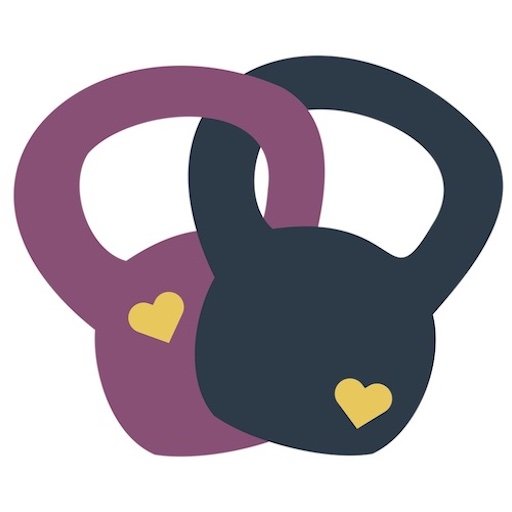5 Tips for PMS you can implement TODAY
Does it feel like PMS isn’t a big deal, until it is and you think you are losing your mind?
Welcome, friend. You are not alone.
But seriously, PMS symptoms are a sign that something is out of balance. Maybe it’s your eating, maybe you have more stress than your brain is designed to tolerate, maybe you aren’t communicating your needs, maybe you aren’t resting enough, or moving enough…
Without a thorough assessment like I provide for my nutritional therapy clients, it’s hard to say for sure what the cause(s) of your PMS are.
Thankfully, you can still work to improve your symptoms with a few simple habits.
5 tips for PMS that you can implement today:
1) Stop what you’re doing and take 3 deep breaths. Turn your attention from the outside world and all the things you have to do today, to what’s going on inside your body. Check in from head to toe. What hurts? What feels tense? Where can you loosen? Where can you create space? Are you hungry or thirsty? Do you need sleep or movement?
Consider: when your body needs something, its only way to tell you is through symptoms.
Like a crying baby who uses its only form of communication frequently to get what it needs, your body is asking for help. Before you can determine what type of help it needs, you have to listen. Taking a break to breathe helps your brain shift away from “focus on doing things” mode into “tune in and notice what I need” mode.
2) Downshift your nervous system. Since you’ve broken away from the rush of the day, you’ve disrupted the HPA axis cortisol spiral that happens when you are wound up, stressed, anxious, depressed, or in pain. You’ve allowed that cycle to pause for a second. Now, start to reverse it. Choose one of the following things to help you send your nervous system into “rest and digest” mode - that’s where pain gets addressed, muscles relax, mood is softened, and your mind clears.
Go outside in your bare feet, noticing how each toe feels as it touches the grass, sand, water, or rock.
Invert your body by using an inversion machine, doing “legs up the wall” pose, bending forward to touch your toes, or laying face-up on your bed and hanging your head off the edge.
Hum a lullaby or other calming song to yourself while you walk, sway, or dance.
Play an instrument, noticing how it feels to use your fingers to create sound.
Spend additional time breathing deeply. Try box breathing: counting to 4 as you inhale, holding the breath for 4, counting to 4 as you exhale, and holding the breath out for 4. You can also just lay on your back, put your hand on your belly button, and notice the rise and fall as you breathe naturally.
3) Drink tea. Yes, I know that seems obvious or boring. Maybe that’s why you don’t get anything out of it. Try paying attention to each detail as you heat the water, open the tea box or tin, place the tea in the cup, and pour water over it. Notice the smells and sounds, see the steam rise, and feel the change in humidity in the air. Once the tea has steeped, drink it slowly and notice how the taste changes from the first sip to the last.
There are two benefits to this - you are hydrating and getting herbs that can help your hormones chill out. My favorite herbs for PMS (ask your doctor if you take medications or have PCOS) are vitex, shatavari, licorice, maca, chamomile, ginger, and mint. I especially love this tea during my luteal phase: https://www.pukkaherbs.com/us/en/products/organic-teas/womankind.html
4) Eat a solid, nourishing meal. Protein, veggies, fat, grain/potato, spices, salt. These foods warm you up, boost your dopamine, help you feel emotionally grounded, and provide much-needed energy. Did you know your body’s caloric burn is highest right before your period? So eat, you need more food during this time!
No shame, but I promise you’ll feel much physically and emotionally better eating intentionally than you will if you end up in a pile of post-Valentine’s-day-sale chocolate. Read here to learn more about how to keep your blood sugar steady during your luteal phase. You can find some specific food ideas for PMS here. And these foods can help boost your mood ASAP!
5) Go to bed early. Sometimes you just need more rest. If you can, turn off your screens and get comfy before 10 pm.
You can read, daydream, listen to music/ASMR, or journal to help your brain calm down and produce more melatonin. This process improves your sleep quality and helps your body fully rest and reset your energy output from the day. During your luteal phase, sleep can be elusive - you may have a hard time falling asleep or staying asleep because of changes in your hormone levels. Prioritizing sleep quality can help you make the most of the sleep you do get so that you can feel halfway decent during your luteal phase.
I hope these solutions help! Try a few and let me know how it works for you below.


